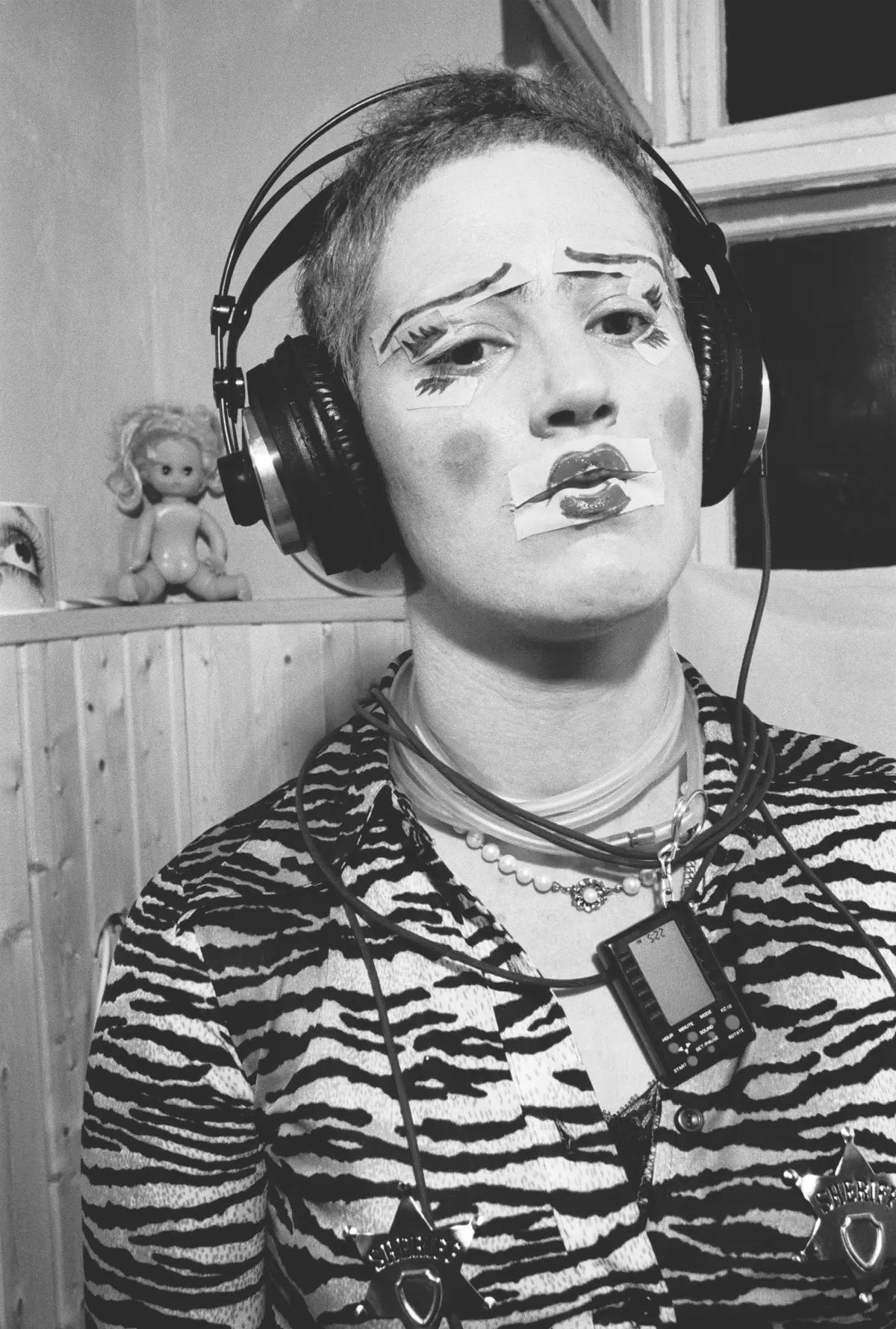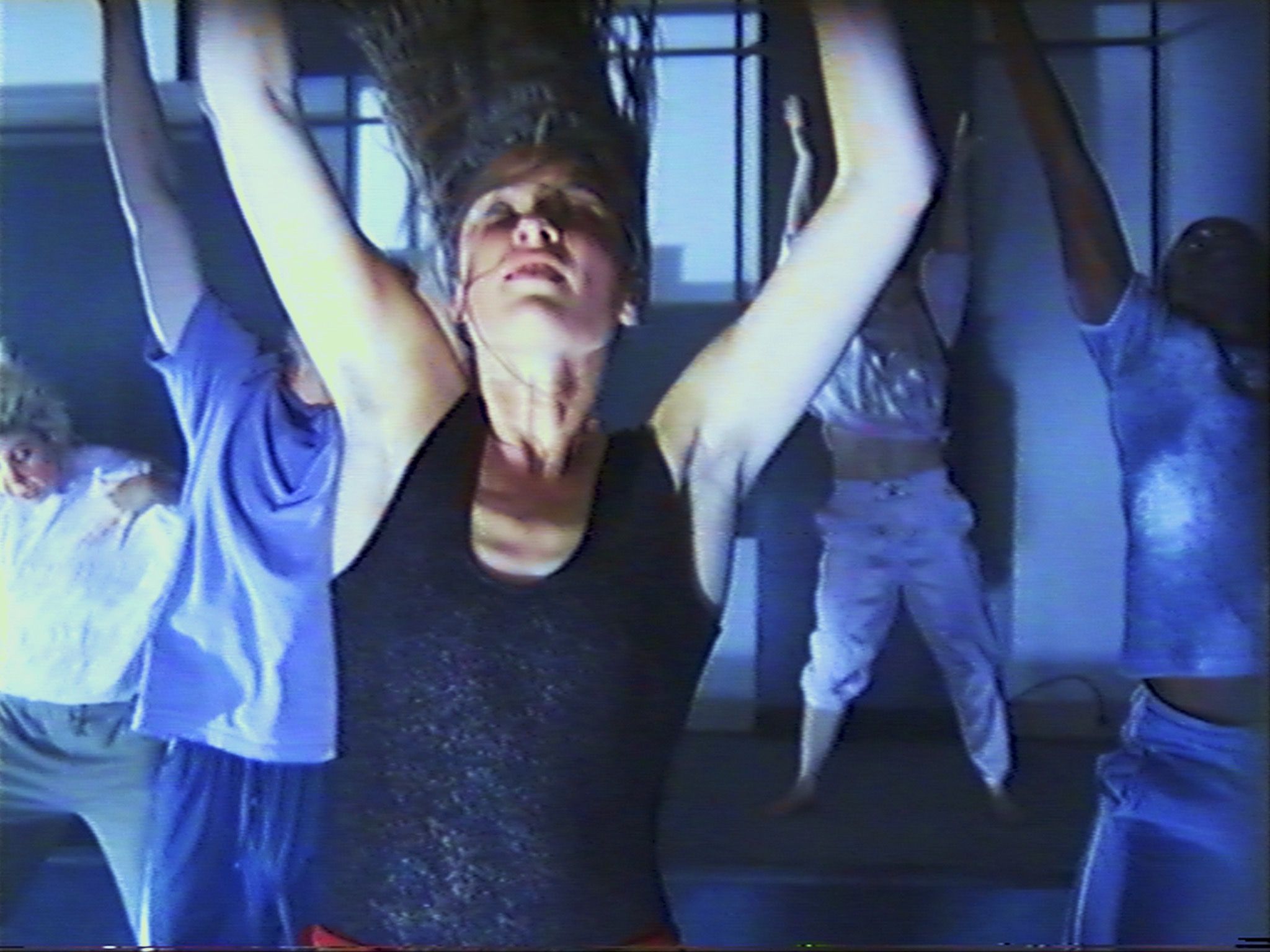“The ultimate form of being outside of anything is death. Then you’re really free.” Société de 032c Presents: STEFAN KALMÁR
|Victoria Camblin
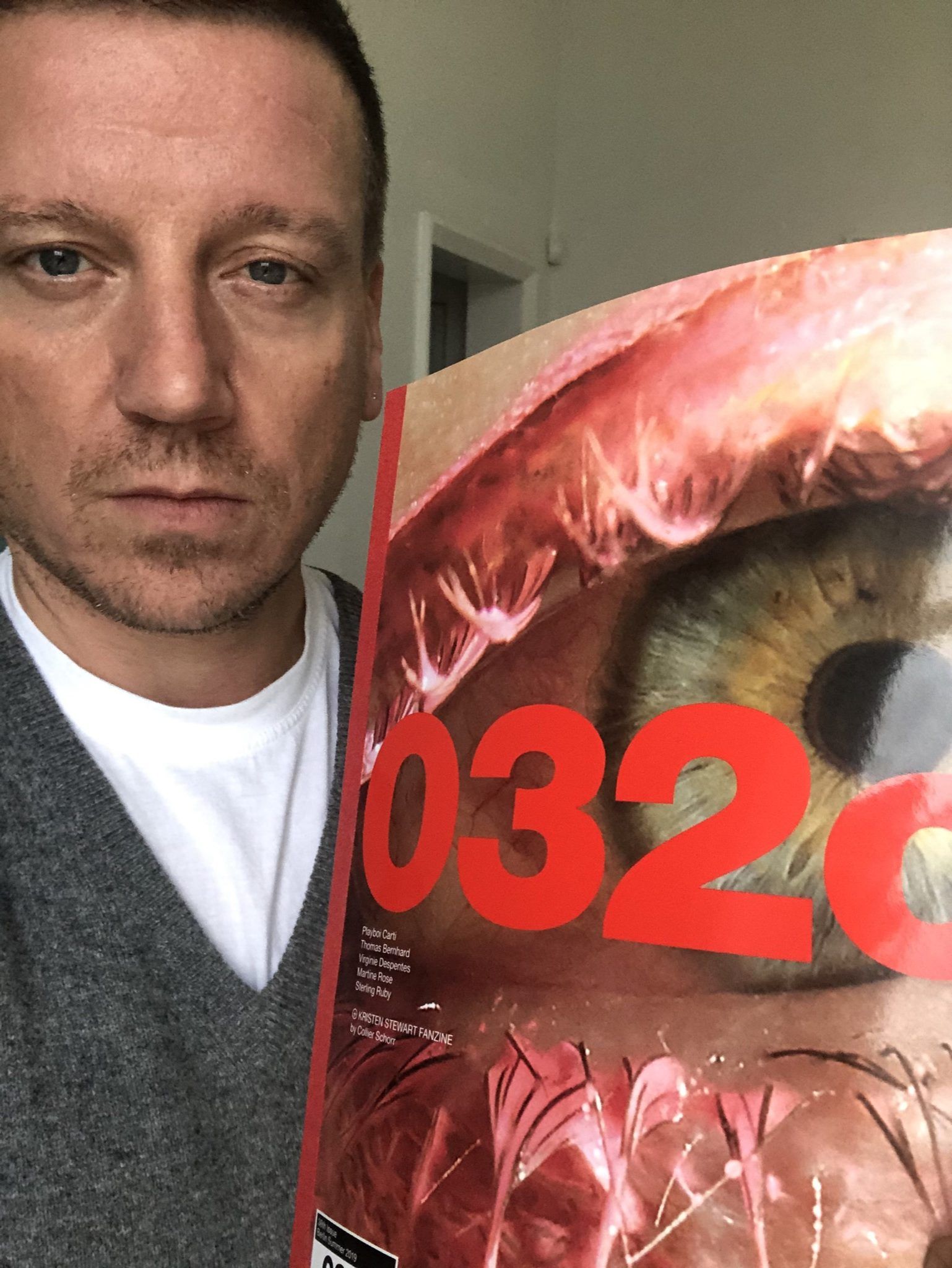
Staff at the temporarily closed Institute of Contemporary Arts in London are animating their program under lockdown virtually, posting daily “picks” of readings, films, and other materials, which you can view here. Below, in an interview from 032c Issue #37, we speak to the ICA’s director on institutional strategy – and for some reason, human mortality.
When 032c executive editor Victoria Camblin spoke to Stefan Kalmár, he was halfway to raising the funds for a £15 million renovation of the Institute of Contemporary Arts in London. “The S in ‘contemporary arts’ is really important,” says Kalmár, who joined the organization as director in 2017, just after the Brexit referendum. Founded in 1947 by Herbert Read, the ICA was always intended to be a radical space: “It didn’t want to be a museum; it wanted to be contemporary … A quasi-opposition to the Museum of Modern Art.” The new building plans reflect that experimental legacy – they’re not an expansion per se, nor a beautification, but an infrastructural update, and an effort to create an open structure in which the different formats of practice are integrated, physically overlapping. Kalmár’s program has also focused on integrated forms of creative production and interaction. The fall show, which ran from October to early January, was devoted to Honey Suckle Company, a Berlin art-meets-fashion collective formed in 1994 – five years after the fall of the Wall, in a city of unoccupied buildings, underground clubs, and cooperation. The group takes its name from the honeysuckle’s homeopathic qualities, which summarize the ICA’s philosophy: the flower is supposed to help us learn from the past, establish trust in the future, and feel grounded in the present.
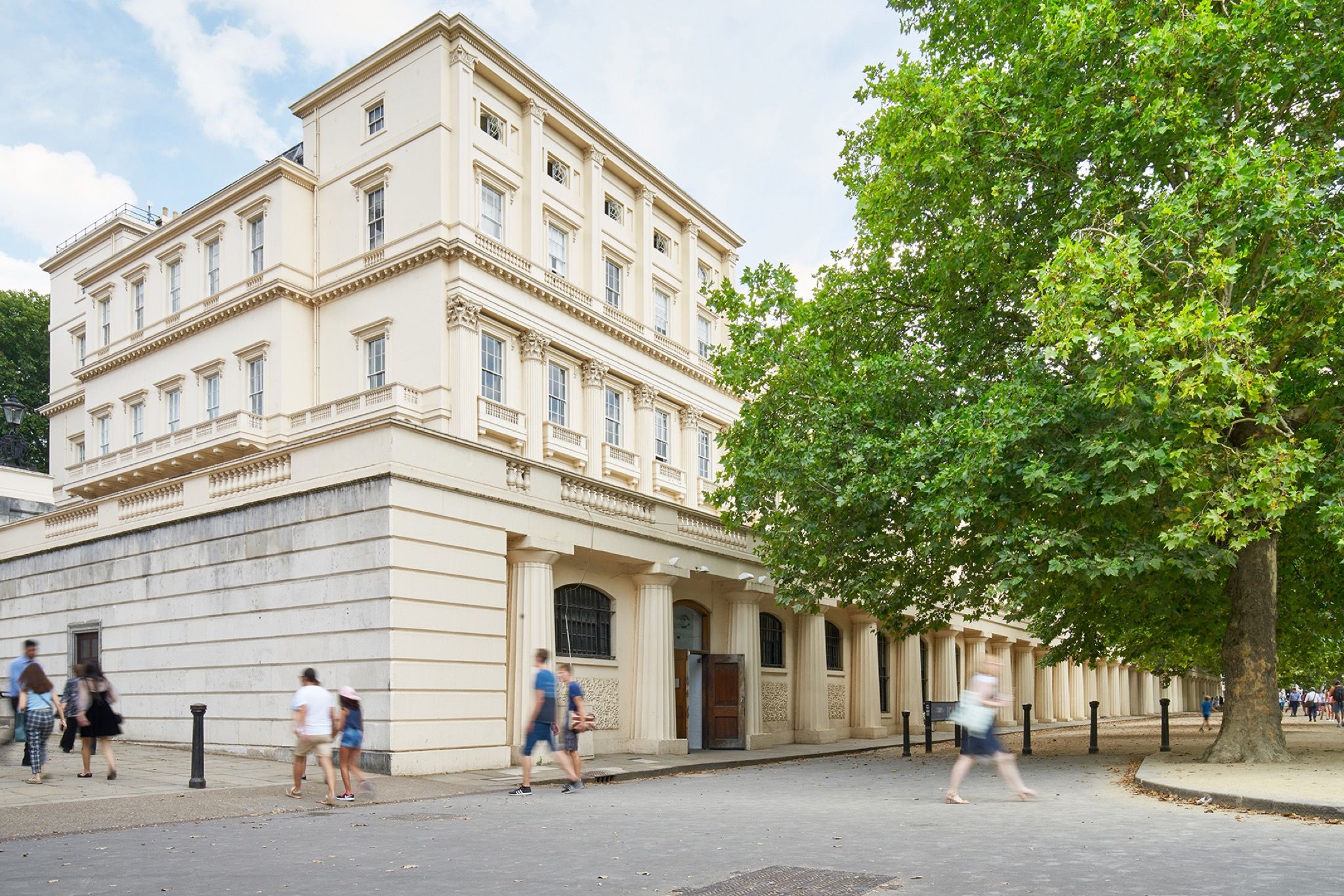
On both sides of the Atlantic – at the Serpentine, the Guggenheim, the Tate, the Whitney – museum leaders are being called out for their investments and political ties. What do you make of the change in atmosphere?
You know, it’s really difficult. Do I know if half of my donors keep ethical portfolios? No. But I can do that for our organization. We signed the No Fossil Fuel pledge within the first week. We’re a London Living Wage employer, which the Tate doesn’t even manage. I think that is always the dilemma of culture institutions: on the stage they say one thing, but the apparatus is essentially saying another. Can we actually bite the hand that feeds us? Or can we be honest and transparent, at least revealing those conflicts and antagonisms? And then can we also return to a bigger idea of support for cultural institutions? In the past 20 years, public funding at the ICA has been cut by nearly 40 percent. That means it’s basically a company that also gets a public subsidy. So then where does the experiment happen? Where do the mistakes happen, the things that might not be popular? Ideas happen when you’re free from a forced result, free to develop a strain of thought. But we’re all under the pressure of efficiency and returns. I mean, culture is useless. You’ll always have to show the finance committee those visitor numbers. So is it about doing the blockbusters that get you funded, but reserving a certain type of space within your program for weirdness? You obviously have to deinstitutionalize the institution! So that it becomes an anti-authoritarian safe space. So that people learn from each other. So that production is a collective effort – which is very clear in fashion and film, but not in exhibition and art-making. Of course, collective production can be more time consuming, and that’s the clash we live in. You have a country that wants immediacy, acceleration, but democratic processes take longer. This is why you see tendencies toward totalitarianism.
You were artistic director of Artists Space in New York before coming to the ICA. Would you say that UK arts institutions have Americanized in recent years, in terms of privatization, of lacking public funding and audiences? The National Health Service and university system certainly have.
Well, I lived in London in the 1990s and I got my education, or my second education, at the ICA, hanging out there. This was the place where I first heard Homi Bhabha and Stuart Hall, and the whole post-colonial discourse. It’s a bit like Cedric Price’s Fun Palace: a space where everything can happen everywhere, a theater or laboratory of ideas – but always ideas directly relating to current social and political conditions. That legacy was somehow lost in the late 90s, when the ICA was sort of watered down by a new liberal dictum. Everybody sort of said, “Oh, you can operate more like a business. Get sponsors.” At that point, the ICA lost its critical way. And it hit a financial crisis. Ironically, the financial crisis was often only seen as a financial crisis – not necessarily as an intellectual crisis of the institution itself. So for me, it was very interesting to revisit that, to weave it in as a legacy and spirit. It’s not by coincidence that the ICA was founded around the same time as the National Health Service. And it’s no coincidence that it was in 1968 that we moved to this location, sat between Buckingham Palace and the back door of Downing Street. A radical culture organization in the center of the establishment – it’s quite interesting.
And quite confrontational.
It is. Like a thorn in the heel of politics. And we do have the odd politician coming in eating rice bowls in the bar downstairs.
It’s probably the best café in London. When I came just after it opened it was such a dark day – I think it was the first day after daylight savings. The city was really quiet, but the café was really humming. Chefs Margot and Fergus Henderson were there, and I thought, “How is this the only place in London that feels good right now?”
It is funny, right? It wasn’t done with that intent. I mean, symbolically we just brought the building to its bones. Because Jane Drew, the architect here, was a British modernist who always conceived it as an open space – the cinema didn’t used to be a cinema; it used to be called the Assembly Hall. Very progressive. Not many people know this, but she was also the architect behind the master plan of Chandigarh. Le Corbusier gets the credit for it. And so as an homage we pared back the structure, and also got rid of the corporate PVC drop ceilings to show Jane Drew’s corrugated ceiling from 1968.
It’s like you’re undressing. It’s vulnerable, which is also anti-institutional.
Paring it back also shows our vulnerability and our bounds – and that the building is falling apart. It’s a bit like an old English castle: it looks brilliant from outside, but nobody knows that you literally don’t have heat on the ground floor or that the plumber’s here every five days. It’s not to ponder on the shabby chic – it’s just like, let’s show what we have. Otherwise you’re mimicking corporate context, rather than defining your own form of governance and providing true alternatives, in terms of labor rights, fair pay, a more liberal and creative work environment. It’s not asked often enough: what are the actual working conditions of the public cultural sector, and how can we produce better ideas?
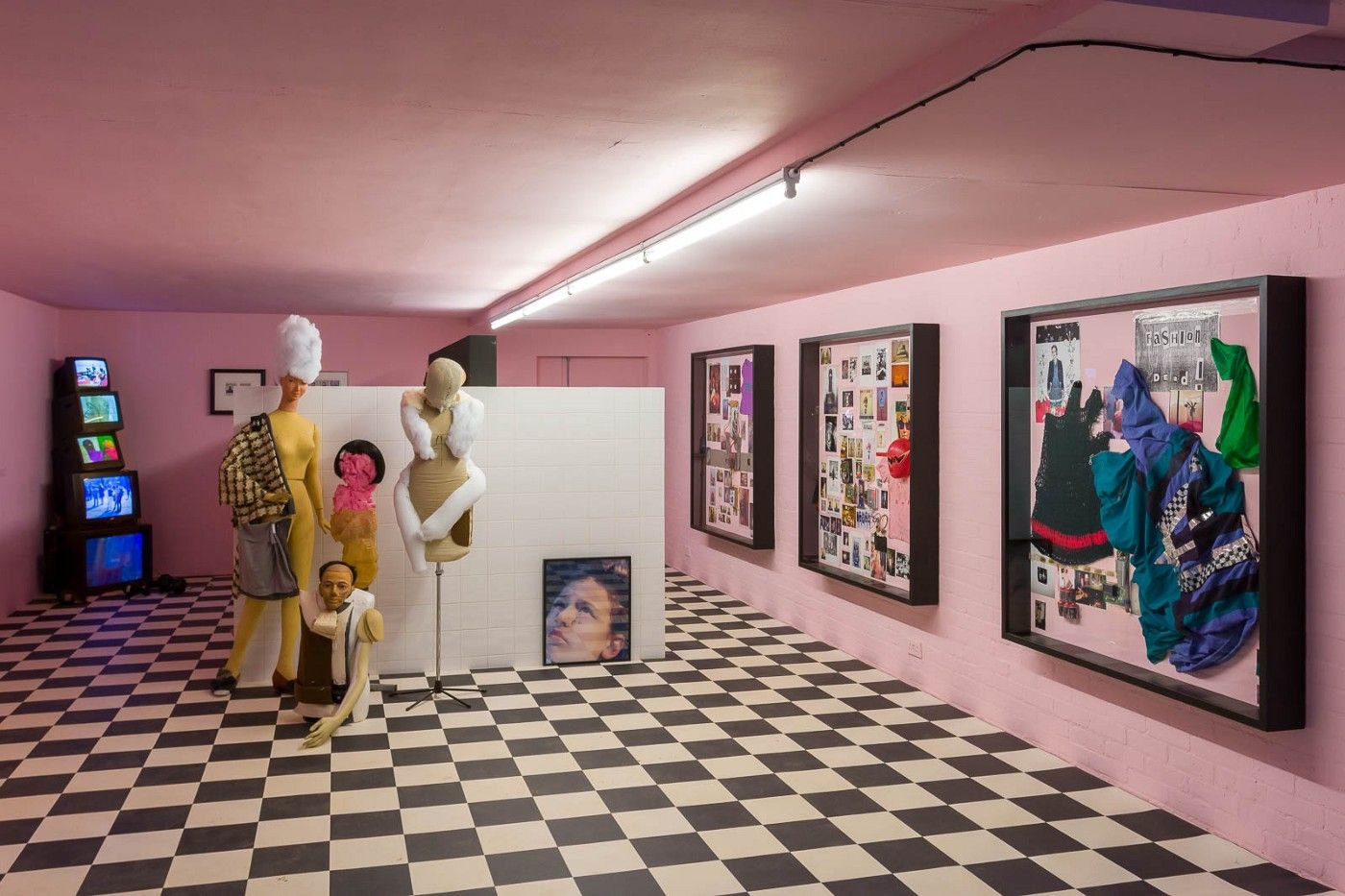
Speaking of undressing, a lot of institutions are bringing fashion designers or collectives into the artistic program. What is it about the zeitgeist that makes clothing a medium now, or rather that makes fashion a multi-media practice along the lines of performance or installation?
In London and New York, what’s interesting is that you see people, Telfar [Clemens] or Shayne Oliver [of Hood By Air] for example, whose work would have lent itself to a career in art, but who chose a career in fashion instead. Probably partly out of economic pressure, and in the case of Telfar and Shayne, it’s also daunting if you consider that they’re black, and that they felt that the exhibition context or art world was not for them. They chose a different format that potentially has a deeper cultural impact. One asks oneself often enough whether art is part of the solution or part of the problem.
I fear it’s leaning in the direction of the latter.
I mean, it has changed in that the spheres of interdependence, of big money and art, have increased with the decline of public funding, or with the privatization of former public institutes. This obviously results in relationships that are not healthy. Look at the Turner Prize wanting to work with Stagecoach, a company owned by a homophobe. That’s quite telling in terms of how big the financial pressures must be. Andrea Fraser’s book 2016 in Museums, Money, and Politics looks at party donations, their donors, their relationships, and their affiliations with American contemporary arts institutions. We all quickly realized that half of American arts institutions have donated to Trump’s campaign.
One thing I appreciate about the fashion industry is that it’s not pretending to be anti-capitalist. Whereas we still have this kind of romantic idea of the artist being outside of capitalism, or the antidote to it. Now suddenly people are like, “Fuck, we’re part of a major industry,” and they’re questioning their choices.
I think those snotty, complex notions of independence – they’re naive. There’s interdependence, and there is no real “outside.” The ultimate form of being outside of anything is death. Then you’re really free.
Credits
- Interview: Victoria Camblin
